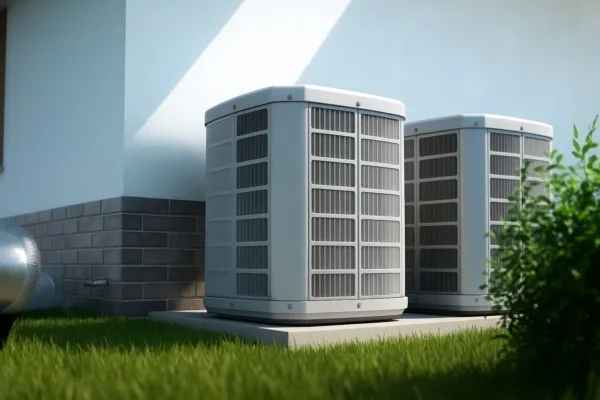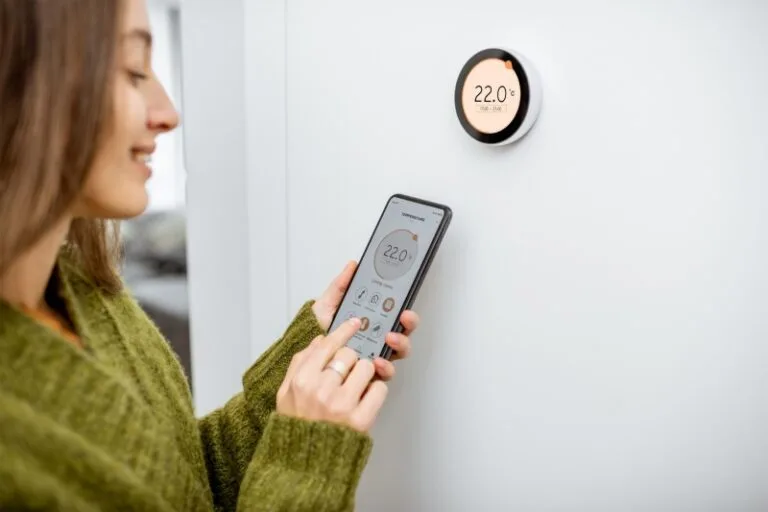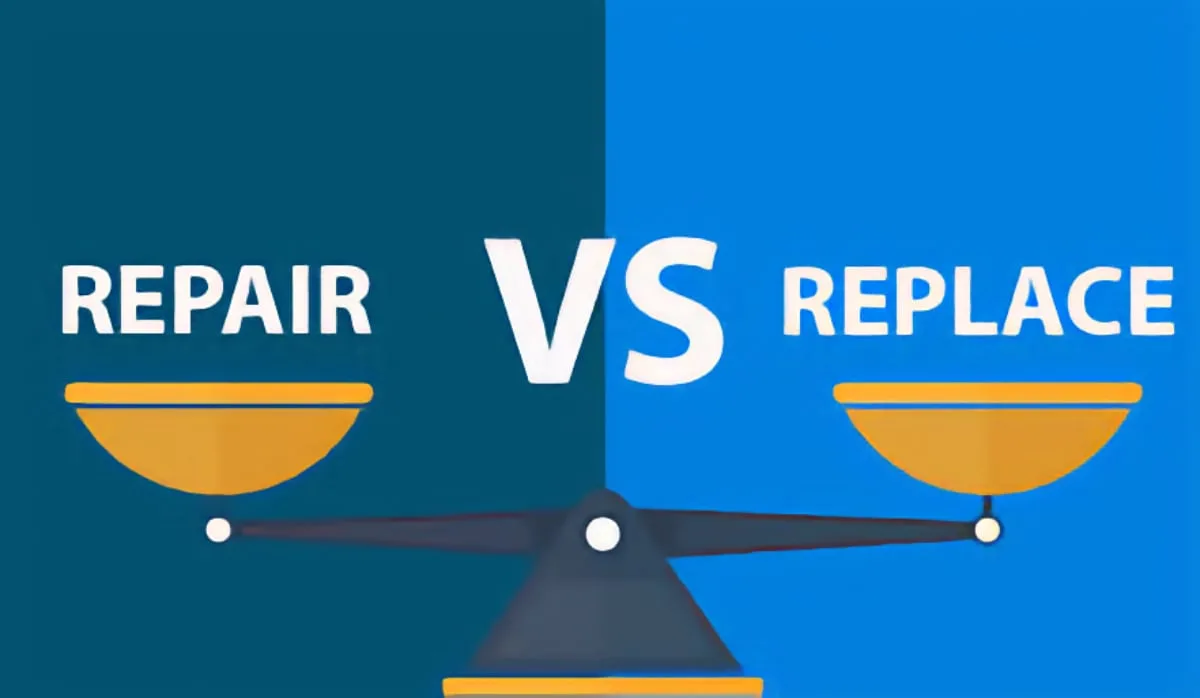Air purifiers have become an increasingly popular choice for homeowners seeking to improve indoor air quality. With concerns about pollutants, allergens, and airborne pathogens on the rise, investing in an air purifier seems like a no-brainer. However, some people worry that air purifiers might actually pose risks to household health.
We want to shed light on the potential risks associated with certain types of air purifiers, as well as reassure you about the safety of modern air purification technologies.
Why Some People Worry About Air Purifiers
The primary concern that some homeowners have about air purifiers stems from a specific type of air purifier: ozone-producing air purifiers. These devices were once quite common and marketed for their ability to “clean” the air by generating ozone, a molecule composed of three oxygen atoms. Ozone can indeed eliminate certain pollutants, but it’s also a respiratory irritant. Prolonged exposure to elevated levels of ozone can lead to health issues such as throat irritation, coughing, shortness of breath, and even more serious respiratory conditions.
The link between ozone and air purifiers has led some people to question whether all air purifiers are dangerous. However, it’s important to note that not all air purifiers produce ozone, and the industry has made significant strides in developing safer, more effective air purification technologies.
Modern Air Purifiers: A Safer Approach to Indoor Air Quality
In response to the concerns surrounding ozone, the air purification industry has largely moved away from ozone-generating devices. Today, most air purifiers on the market use safer methods to clean the air, ensuring that homeowners can breathe easier without worrying about potential health risks. Let’s explore some of these safer options:
Ionizing Air Purifiers
Ionizing air purifiers, also known as ionizers, use a different approach to purifying the air. These devices emit negative ions, which attach to airborne particles, causing them to become heavier and fall out of the air. This process effectively reduces the number of pollutants in the air. It’s important to note that modern ionizers are designed to minimize the production of ozone, addressing the primary concern associated with earlier models.
While ionizers are generally safe, it’s essential to choose a reputable brand and model that adheres to strict safety standards. Look for ionizers that have been tested and certified for low ozone emissions to ensure they don’t contribute to indoor air pollution.
UV Air Purifiers
UV air purifiers use ultraviolet (UV) light to neutralize airborne pathogens like bacteria, viruses, and mold spores. These purifiers are typically installed within HVAC systems and work by exposing the air passing through the system to UV light. The UV light damages the DNA of microorganisms, rendering them inactive and unable to reproduce.
One of the key benefits of UV air purifiers is that they do not produce any harmful byproducts. UV-C light, the type used in these purifiers, is effective at sterilizing the air without generating ozone. This makes UV air purifiers a safe and powerful option for improving indoor air quality.





